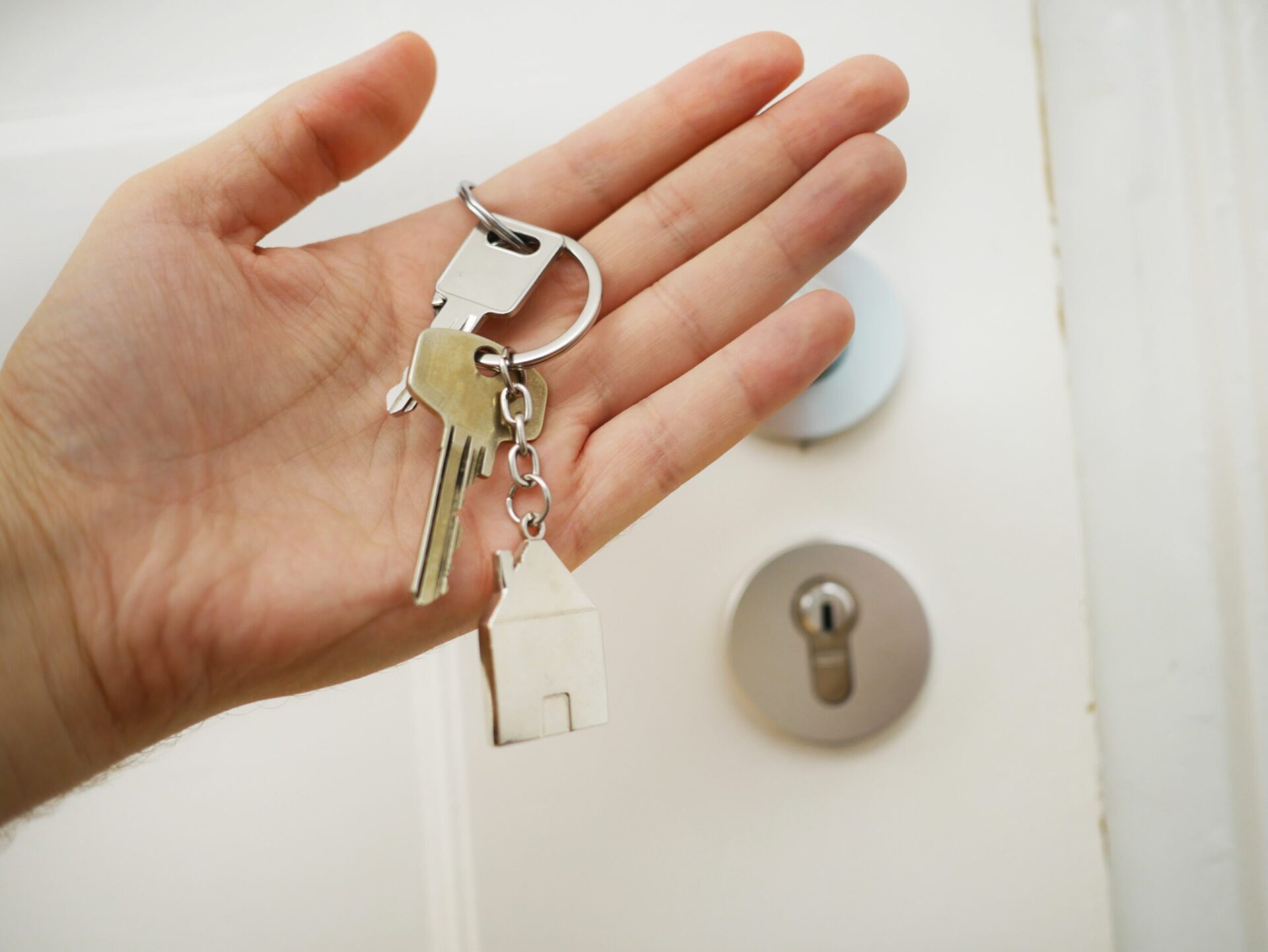Homeowners to Consider Selling if Rates Continue to Rise

As cash rates continue to rise, homeowners are struggling with the fact that they might be forced to sell their homes if they can no longer afford to make mortgage repayments.
According to a recent survey of nearly 3 million Australian homeowners, 19% said they would struggle to meet their loan obligations if interest rates reached three percentage points. That is equivalent to 551,000 people!
Around 14% said they could fall behind on their mortgage repayments, while 5% admitted they might consider selling their home. That 5% represents a whopping 145,000 homeowners.
Finance experts predict that cash rates could continue to increase in 2022, adding the burden of higher mortgage repayments to the already worsening economic crisis.
Borrowers on variable rates will likely struggle more as the number of defaults rises.
Meanwhile, those on fixed rates are in for a shock once that rate stops and the fixed-rate cliff sets in.
While almost half of the respondents said they would be able to survive a hike of 3 percentage points, it would take a massive cut on their spending budget.
What homeowners can do at this point
If you are a homeowner who can no longer afford your mortgage, you might think of selling your home. However, this is an extreme measure that should be the last resort.
One way to save your home is to switch to another mortgage provider. Check the prevailing market rates and compare your current home loan. If you find a lower rate – even if it’s just 0.5 percentage points – it might be worth considering.
You can also try talking to your lender and negotiating a more friendly repayment plan.
Now is a good time to look at your household expenses and see where you could cut back and save money. Creating a budget can reduce overspending on online shopping, food delivery, and other non-essentials.
How to create a working budget
Creating a budget for your household does not have to be a complicated process. You do not need an Excel spreadsheet with rigid spending rules to follow. Instead, it’s about finding the right balance between what comes in (your income sources) and what goes out (mortgage, bills and expenses). With this information, you can start making changes to your lifestyle so you can afford to keep your home.
The first step in budgeting is setting clear goals. For example, are you creating a budget to pay a debt, save money, or invest?
Next, find a system that works for you. Here are two budgeting models that you can experiment with.
· 50/30/20 Budget
With the 50/30/20 budget model, you will divide your resources into three segments: 50% needs, 30% wants, and 20% savings.
If you are struggling to save 20% of your income, see how you can cut some of your wants to hit your savings goal. These include dining out, Netflix subscriptions, vacations, and shopping.
· Pay-yourself-first Budget
In this budget strategy, you set a savings goal each month and take it out of your income before paying for anything else.
For example, let’s say you want to save at a rate of $1,000 every month. As soon as you get paid, you take $1,000 from your salary and deposit it into your savings account. After that, you can spend the rest of your money however you want.
Budgeting comes with a plethora of benefits, including:
- Tracking your spending.
- Helping you save money.
- Allowing you to pay your bills on time.
- Creating good financial habits for the long term.
- Identifying new ways to save.
- Reducing impulse buying.
- Getting you out of debt.
- Helping you manage your finances without stress.
Learn more about managing your finances here at Makes Cents.
Budgeting can help you make the most out of your income, especially if you are struggling to pay your mortgage due to high interest rates. Visit our budgeting section for more money-saving tips. Browse Makes Cents for valuable insights on personal finance and building wealth.




